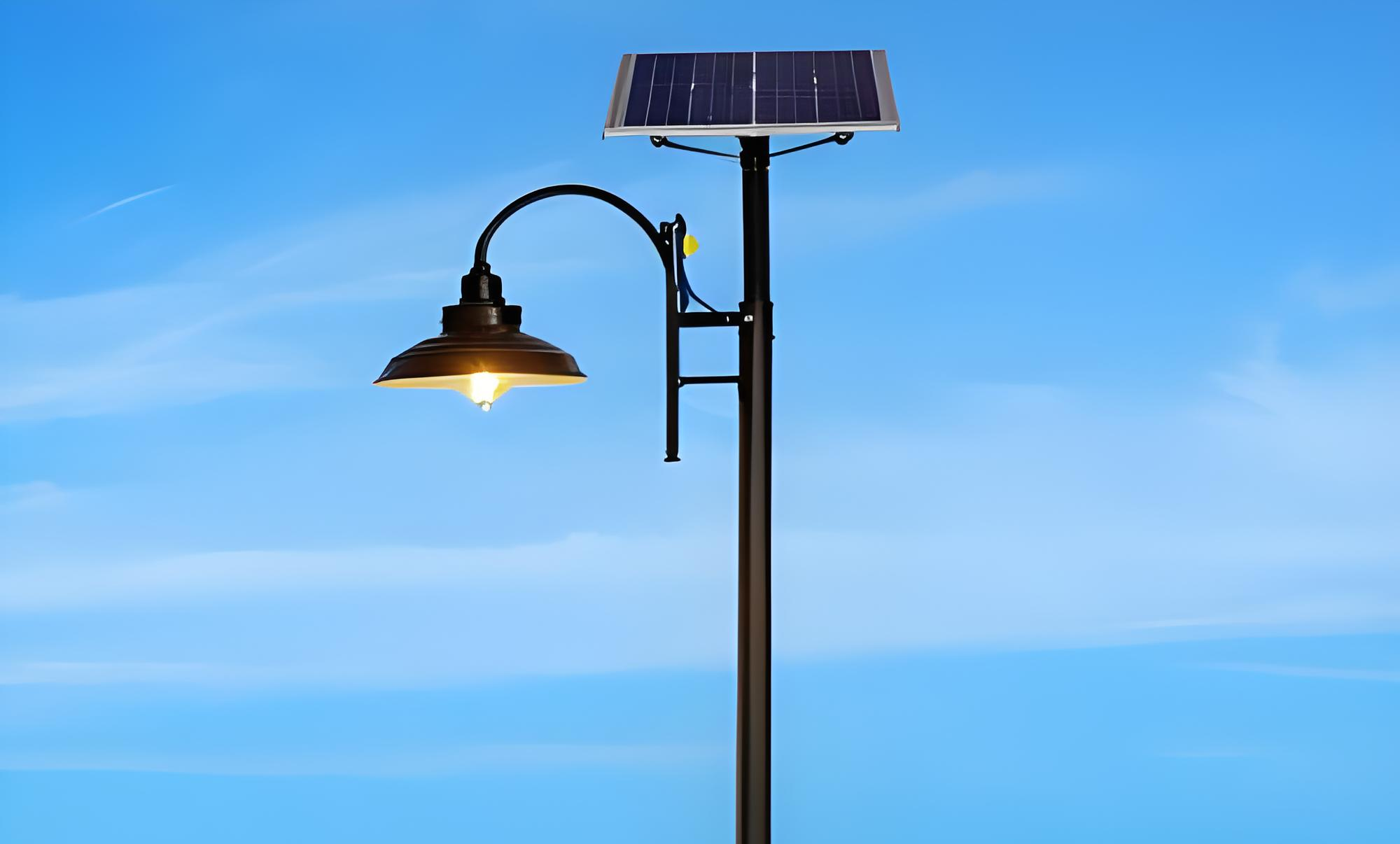One of the most significant benefits of remote-controlled street lighting is its ability to drastically reduce energy consumption. Traditional street lights operate on fixed schedules or simple photocells, often wasting electricity by staying on at full brightness when not needed. Smart lighting systems, however, use advanced technologies to optimize energy use.

Key Advantages:
Adaptive Dimming: Lights automatically adjust brightness based on real-time conditions (e.g., dimming when no motion is detected).
Sunrise/Sunset Synchronization: Eliminates unnecessary operation by aligning with natural daylight.
Demand-Based Lighting: Sensors detect pedestrian and vehicular movement, increasing brightness only when required.
Case Study: Los Angeles reduced energy usage by 63% after implementing a smart street lighting system, saving millions annually.
By leveraging IoT and automation, cities can achieve 30-70% energy savings, making remote-controlled street lighting a sustainable and cost-effective solution.


 Remote Control vs. Manual Control of Street Lights: A Comparative Advantage Analysis
Remote Control vs. Manual Control of Street Lights: A Comparative Advantage Analysis
 Lower Maintenance Costs with Smart Street Light Monitoring
Lower Maintenance Costs with Smart Street Light Monitoring
 Enhanced Public Safety Through Intelligent Street Lighting
Enhanced Public Safety Through Intelligent Street Lighting
 Smart City Integration: How Remote-Controlled Street Lights Enable Future-Ready Infrastructure
Smart City Integration: How Remote-Controlled Street Lights Enable Future-Ready Infrastructure